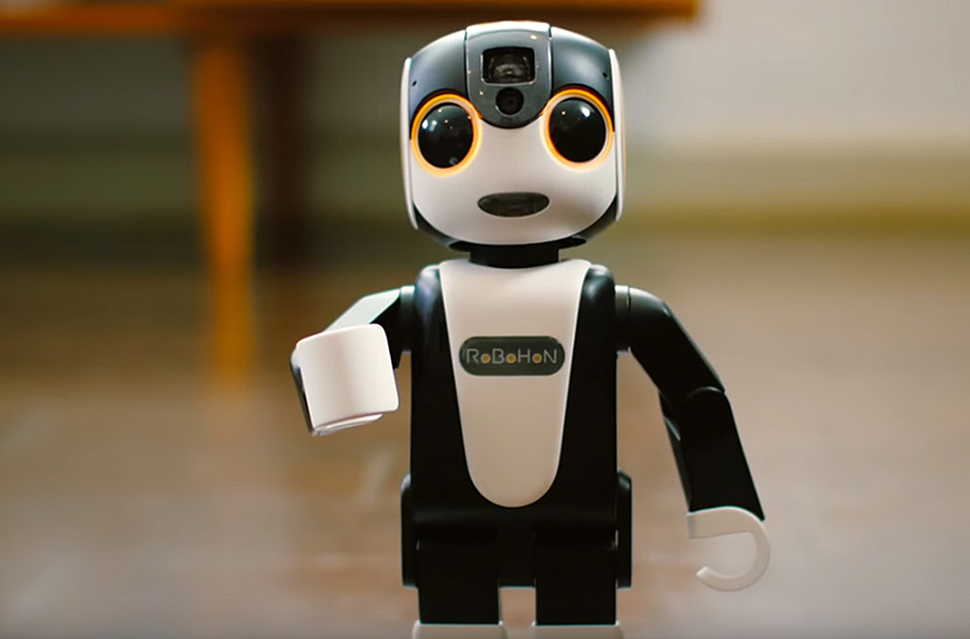Desperate to overcome Japan’s growing shortage of labor, mid-sized companies are planning to buy robots and other equipment to automate a wide range of tasks, including manufacturing, earthmoving and hotel room service.
According to a Bank of Japan survey, companies with share capital of 100 million yen to 1 billion yen plan to boost investment in the fiscal year that started in April by 17.5%, the highest level on record, Reuters reports.
It is unclear how much of that is being spent on automation but companies selling such equipment say their order books are growing and the Japanese government says it sees a larger proportion of investment being dedicated to increasing efficiency.
Revenue at many of Japan’s robot makers also rose in the January-March period for the first time in several quarters.
“The share of capital expenditure devoted to becoming more efficient is increasing because of the shortage of workers,” said Seiichiro Inoue, a director in the industrial policy bureau of the ministry of economy, trade and industry, or METI.
If the investment ambitions are fulfilled it would show there is a silver lining as Japan tries to cope with a shrinking and rapidly aging population. It could help equipment-makers, lift the country’s low productivity and boost economic growth.
The government predicts investment in labor-saving equipment will rise this fiscal year, Inoue said.
The way Japan copes with an aging population will provide critical lessons for other aging societies, including China and South Korea that will have to grapple with similar challenges in the coming years.
“More than 90% of Japan’s companies are small- and medium-sized, but most of these companies are not using robots,” said Yasuhiko Hashimoto, who works in Kawasaki Heavy Industries Ltd’s robot division. “We’re coming up with a lot of applications and product packages to target these companies.”
Tall Robot Selling Well
Among those products is a two-armed, 170-centimeter tall robot. Kawasaki says it is selling well because it can be adapted to a range of industrial uses by electronics makers, food processors and drug companies.
Hitachi Construction Machinery says it is getting a lot of enquiries for its computer-programmed digging machines that use a global positioning system to hew ditches that are accurate to within centimeters and can cut digging time by about half.
Mid-sized companies are planning on increasing spending much more than large-caps, which are projecting just a 0.6% increase in the fiscal year, according to the Bank of Japan. Smaller companies tend to have less flexibility in overcoming labor shortages by paying workers more or by moving production overseas.
Some companies could end up spending less than originally planned. But with demographics only worsening, companies will need to continue to search for solutions to the labor shortage problem.
Japan’s working-age population peaked in 1995 at 87 million and has been falling ever since. The government expects it to fall to 76 million this year and to 45 million by 2065.


